Tibetan Mastiff
The Tibetan Mastiff is a livestock guardian and an ancient dog breed that came to life centuries ago in Tibet. These dogs are still used for the same jobs but have mostly moved to a more inactive family life. These dogs are large, but despite their size, they are lovely pets and companions. They love their family and would do absolutely anything for them.
These dogs kept their protective nature so they still have a natural guarding instinct when it comes to their property and family, especially the children.
FUN FACT: Male Tibetan Mastiffs can take as long as 4 years to mature completely.
The Tibetan Mastiffs have been carefully bred for centuries to have perfect guarding instincts and that can come as a drawback. Think carefully before you decide to get one of these dogs and we would encourage you to read about this breed so you can make an informed decision and see if they would be a great fit for you and/or your family.
Dog Breed Video

Height:
24-29 in (61-74 cm)

Weight:
140-170 lb (64-78 kg)

Origin:
Tibet (China)

Life Expectancy:
10-12 years
Dog Breed Characteristics
These dogs are certainly very impressive. They have thick, long hair paired with a long and beautiful tail. They have a “noble” appearance and should be well-built. They should combine immense strength and endurance, and because this breed was bred in Tibet, it developed the ability to work in extreme conditions.
These dogs have a tremendous ability to avoid hypoxia, and it is believed that this ability comes from their ancestors being crossbred with Tibetan wolves. The Tibetan Mastiffs are extremely powerful and robust.
It is an ancient breed even though its records date back only a little over 200 years. This breed is registered in all major cynology associations and clubs, and the two main associations we will be focusing on are the American Kennel Club or the AKC and the Fédération Cynologique Internationale, or the FCI. Both of these historic cynology associations have a standard in place for these dogs, so let’s see how these standards describe this breed.
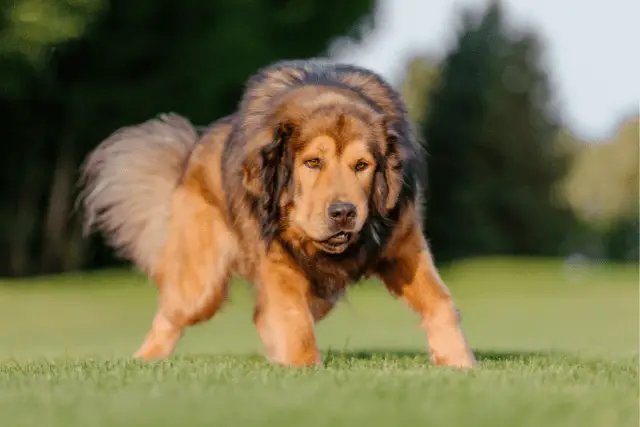
Coat and grooming
These dogs have a wide variety of colors that are allowed by their standard. These colors include
- black,
- black with tan markings
- blue with or without tan markings,
- gold.
The gold color can range from fawn to deep red and sable. All of the colors or combinations of colors are expected to be as pure as possible in purebred Tibetan Mastiffs. They are allowed to have white markings on their chest and feet, but these markings are not encouraged.
One of their most distinguished traits is their coat. They are double-coated, and their outer protective coat is harsh and thick but should not be too long. Their undercoat should be dense and wooly, and it has developed in such a way as an evolutionary adaptation to the harsh Himalayan climate. It is also interesting to know that males have a lot more hair than females.
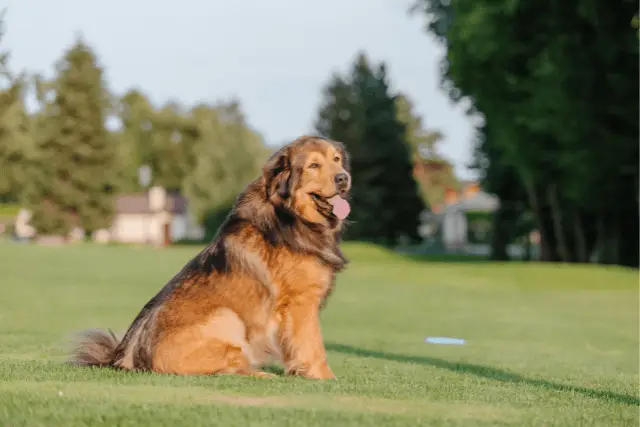
Grooming such a thick and dense coat is not an easy task, and you should know what you are doing. These dogs aren’t the heaviest of shedders, and they shed according to the climate they live in. However, they still have a thick coat that guards them against the cold and insulates them from heat during summer. To keep their coat healthy and pretty, you will need to brush them three times per week.
That way, you will prevent tangling and matting of the hair. Make sure that you have proper tools that can reach their undercoat. These dogs have no odor, and that is a huge bonus. That also means bathing them doesn’t have to be a regular activity; once a month or every two months will do the trick.
Other aspects of grooming fall under standard needs, such as nail clipping, teeth brushing, and ear cleaning. Their nails should be trimmed regularly, and a good indication that nails need trimming is if they start clicking on the floor while the dog walks. Cleaning their teeth prevents tartar buildup and prevents gum disease, and inflammations.
It is also a bonus that your dog will have a nice and fresh breath. Check their ears and clean only the outer part of the ear with soft cotton swipes or ask your Vet for other techniques.
Training
As you can see, this is a fairly large and powerful dog breed, so training is extremely important. You should start training them as soon as possible. These dogs can be stubborn and independent and might cause incidents if they are not properly trained. They are intelligent and have developed basic problem-solving skills, so harsh or boring training will not yield the best results.
Your training sessions should be shorter and more intense so your dog doesn’t lose focus and their concentration is at its highest. Use positive reinforcement methods, and in no time, you will see positive results.
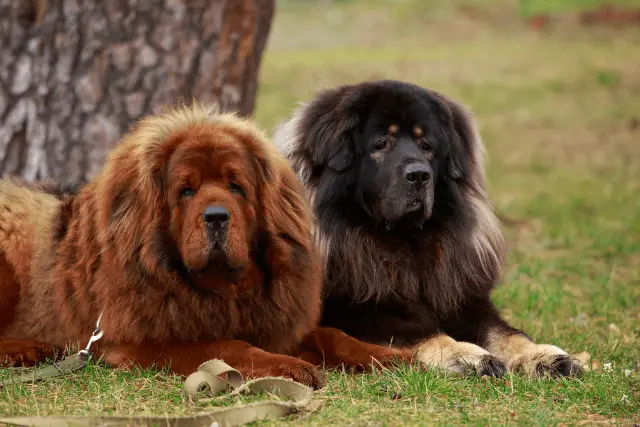
Energy level
Tibetan Mastiffs aren’t the most energetic dog breed out there. They prefer living indoors, and they will be perfectly happy with half an hour a day of playing sessions or walks. They should, however, be leash trained and in a well-fenced yard as they are known to climb to escape fenced areas.
FUN FACT: These dogs can seem lazy during the day, but that is because they were bred and taught for centuries to patrol during the night.
Socialization
Socialization is a big part of every dog’s life, and this breed is no different. It is important that you start socializing your dog as soon as possible and expose them to different sights, sounds, people, and dogs. Ensure they receive all the necessary shots before you start this process.
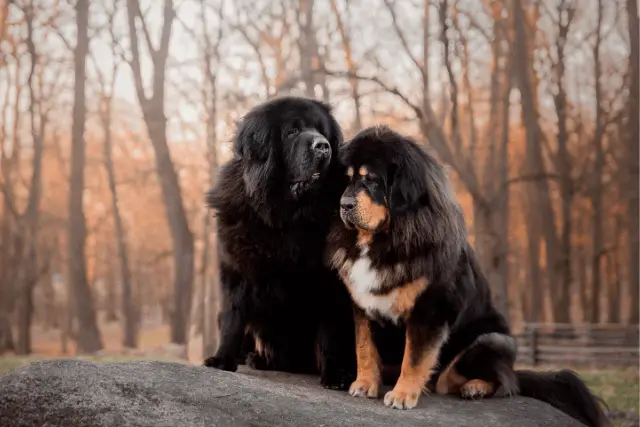
Tibetan Mastiffs and children
This is not the best large breed for families with small children. That doesn’t mean that these dogs are evil or don’t like children; it means that most of the time, Tibetan Mastiffs aren’t aware of their size. They can unintentionally hurt a toddler or even step on them. They get excited easily, so loud children and playing should be limited in their presence.
They are natural guards and might get a feeling that they need to protect “their” children from others. These dogs can interpret children playing as something dangerous and will want to protect your child from others.
Never leave your dog with your child alone and unsupervised for long periods.
Other pets
These dogs like being in the company of other dogs and even cats if they were raised together. They might require a bit of adjustment period, but they generally get along well with other dogs.
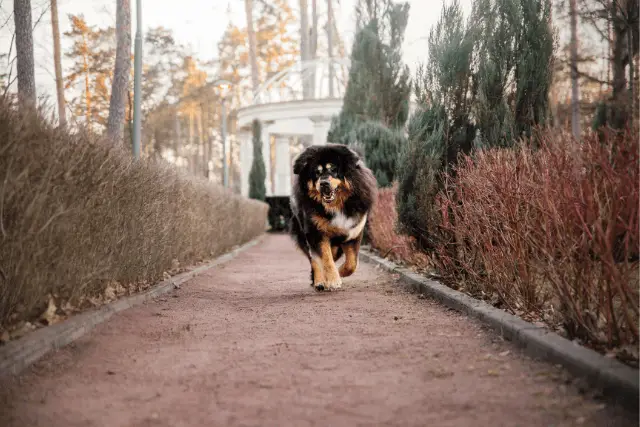
Potential health problems
This is generally a healthy breed with a life expectancy of 10-12 years, but like every other breed, these dogs are prone to some health conditions every new owner should be aware of.
Those problems include
- Hip and elbow Dysplasia,
- Panosteitis,
- Inherited Demyelinative Neuropathy (weakness in the rear legs),
- Osteochondrosis Dissecans (orthopedic condition),
- Autoimmune Hypothyroidism.
This does not mean your dog will get any of these problems; it is just a good idea that you are familiar with them.
FUN FACT: Female Tibetan Mastiffs ovulate once a year.
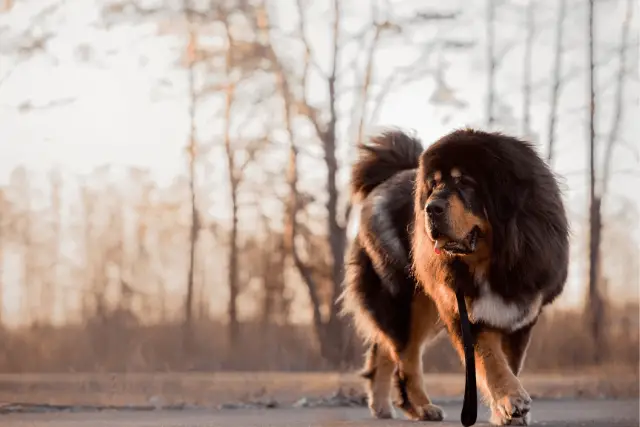
Tibetan Mastiff breeders
Before searching for a breeder, make sure you have made an informed decision about getting this breed. It is a large dog that needs to have a firm and consistent owner. These dogs are not the best fit for new and inexperienced owners. If you decide to go with this breed, make sure you find a reputable and registered Tibetan Mastiff breeder.
Be prepared to wait a bit for your new puppy and try and find out as much information about this breed as possible. The more you know, the easier it will be later in life. We strongly recommend using the World Dog Finder website as we work exclusively with registered breeders and you can always check with your national cynology association as well if there are puppies available.
World Dog Finder team

Updated at30.08.2023.
Breed History
As their name suggests, these dogs came to life in Tibet. It is widely believed that these dogs have been around for thousands of year, even though there aren’t much-written evidence or records of them.
Canine historians and researchers have found DNA evidence of 5,000-year-old dogs that are the ancestors of this breed. These old dogs are the ancestors of both varieties of Tibetan Mastiffs. They have developed in the so-called Do-Khyi and its larger brother Tsang-Khyi. The Do-Khyi developed into a smaller version that mostly lived and traveled with Tibetan Shepherds. Their main preoccupation was guarding flocks and their shepherds from predators. The Tsang-Khyi developed into a larger breed whose main preoccupation was guarding Buddhist monks and livestock. They were often gifted to lamaseries and were considered as a sign of respect and gratitude.
As we already mentioned, not much was known about these dogs before the 19th century, and the first mention of this breed in the West was made by an East India Trading Company Captain by the name of Samuel Turner. Captain Turner was a close relative of the famous Warren Hastings, the first British Governor of the Presidency of Fort William (Bengal) in India. Captain Turner mentioned in his memoirs that the Tibetans used “huge dogs” but did not describe them in detail.
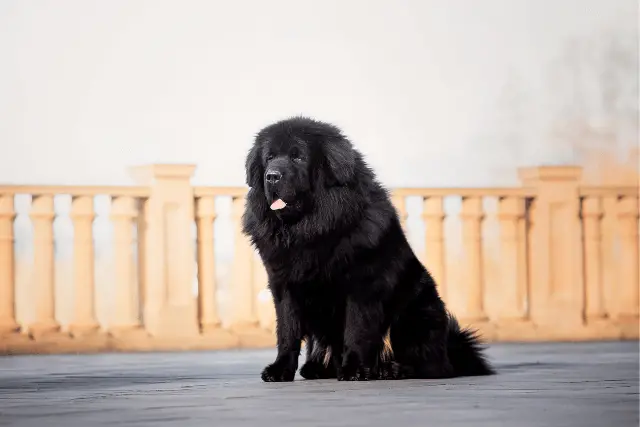
The first Tibetan Mastiffs that were imported to England were a gift from Lord Hardinge. He was a Viceroy of India and decided to give these dogs to Queen Victoria in 1847. Shortly after that, The Kennel Club was founded in 1873. and these dogs were immediately registered as Tibetan Mastiffs. Before that, they were known as “large Tibetan dogs.”
In 1874 King Edward VII imported two dogs to exhibit them in 1875. show that was held at the historic Alexandra Palace. These dogs weren’t imported on a larger scale in England or Europe until the 1900s, and there was no need for a Tibetan Mastiff breeding club. The Club was formed in 1931 when a larger number of these dogs were imported to Western civilizations.
Shortly after, the World War started, and most of the breeding programs were shut down, and this breed could once again only be found in their native land of Tibet.
A similar story for these dogs was their introduction to the United States of America. Two specimens of this breed were gifted to the president of the USA in the late 1950s and were moved from the White House to a farm and hidden from the public. These dogs started being imported into the US on a larger scale in the 70s, and in 1974 the Tibetan Mastiff Club of America was formed.
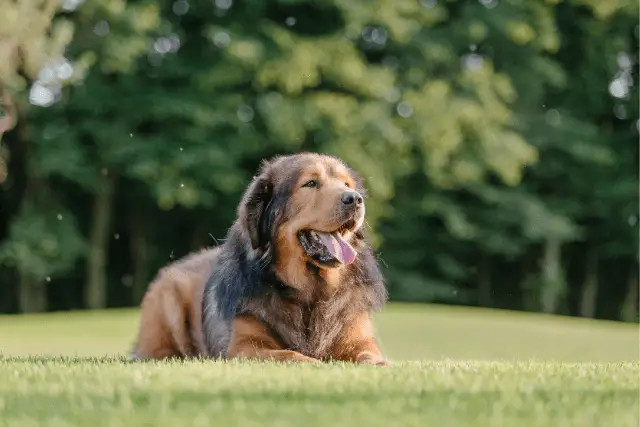
These days it is quite hard to find a purebred Tibetan Mastiff in their native land. If you do manage to encounter one, it will probably be near traveling traders and caravans or as guardians of homes and livestock.
FUN FACT: Tibetans believe that these dogs possess the souls of Buddhist monks that have not reincarnated into people.
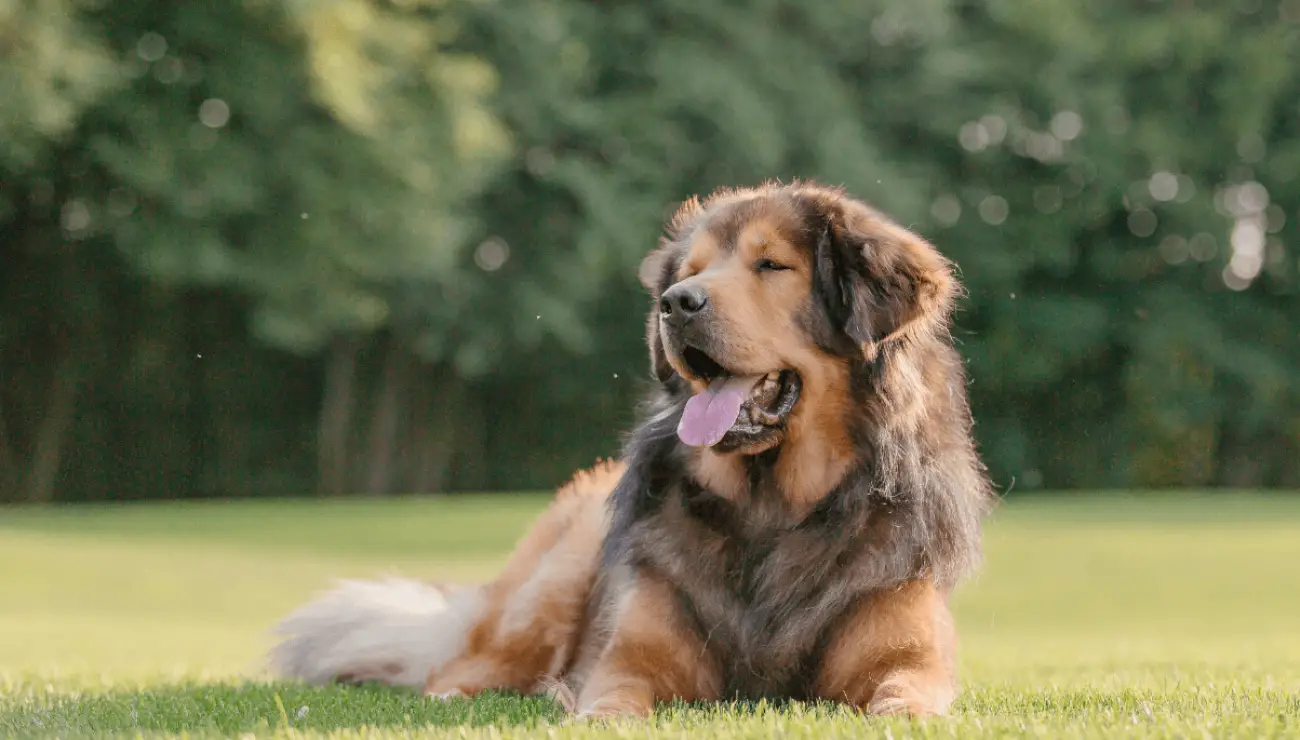
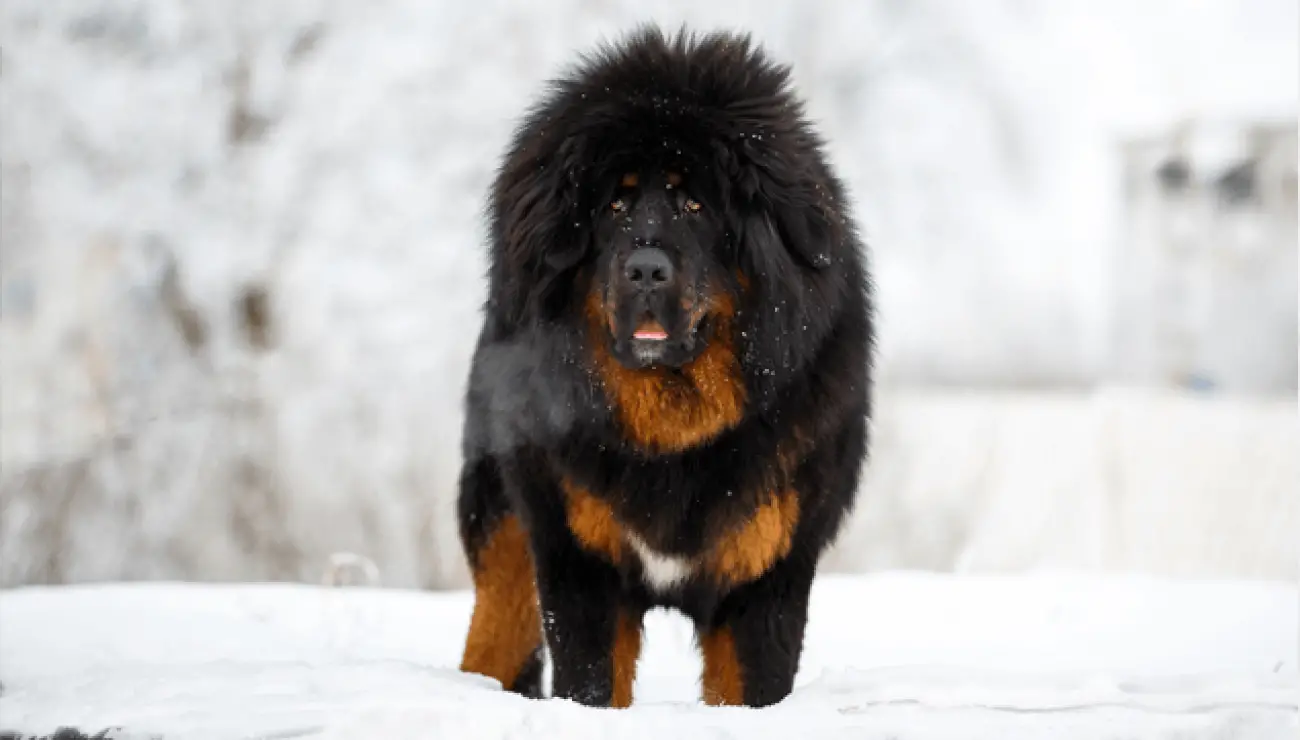
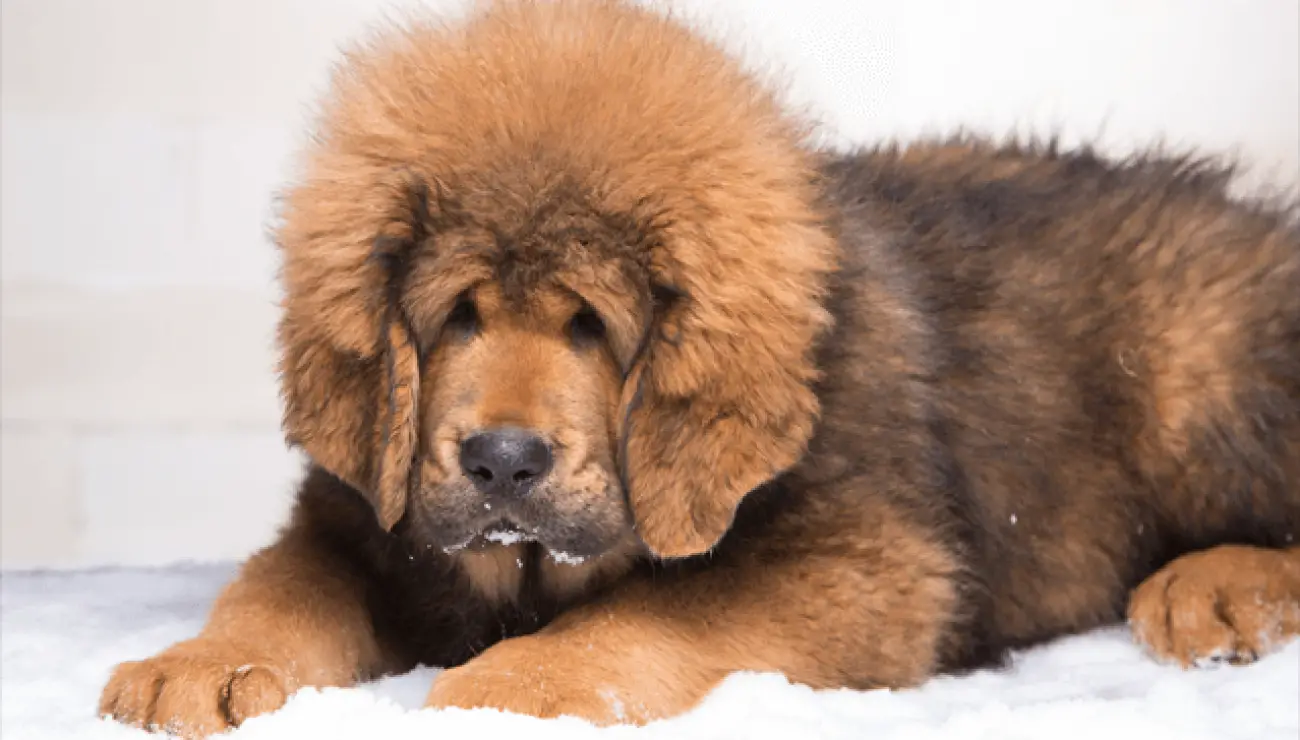
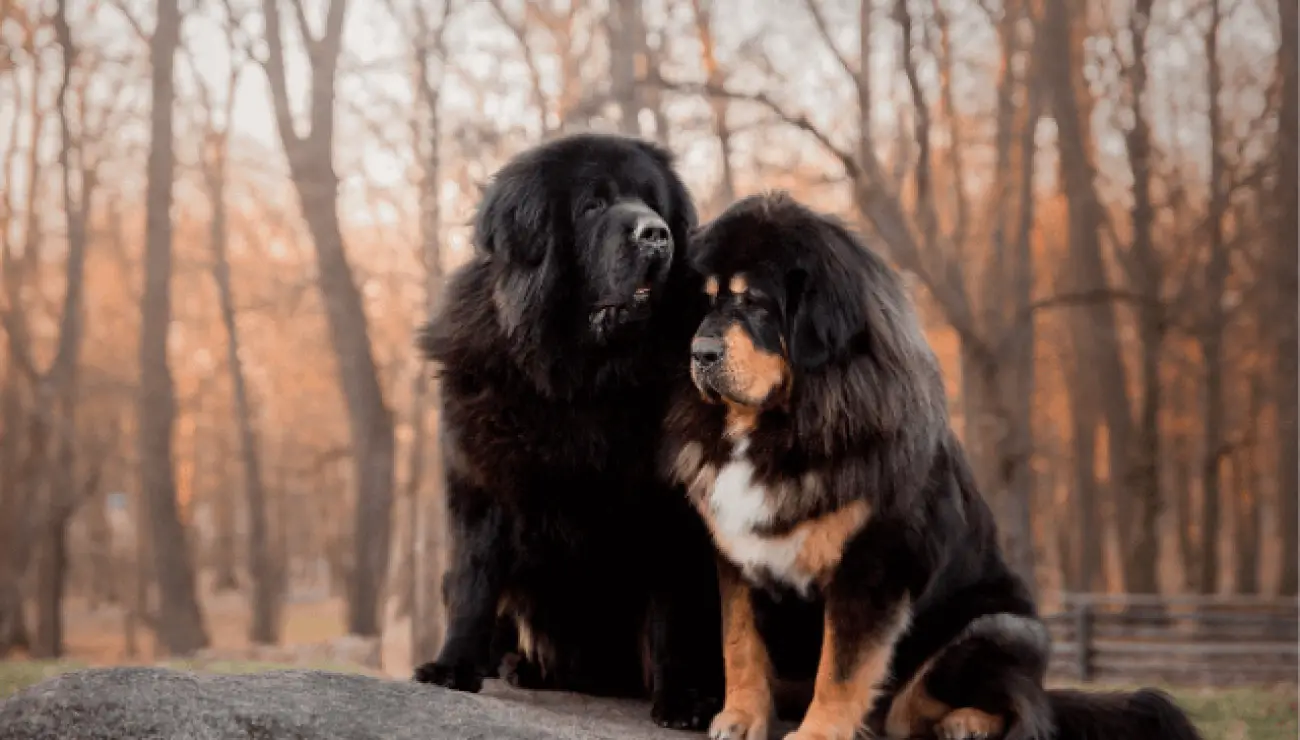
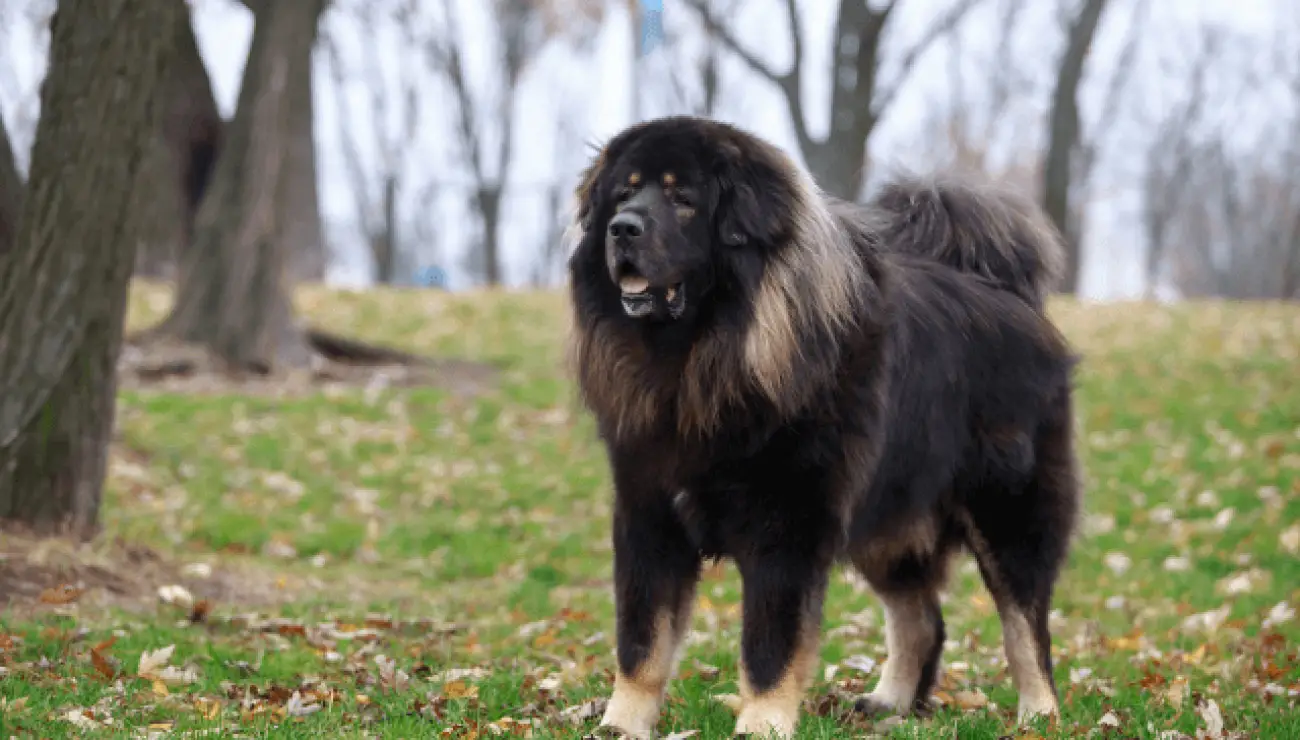
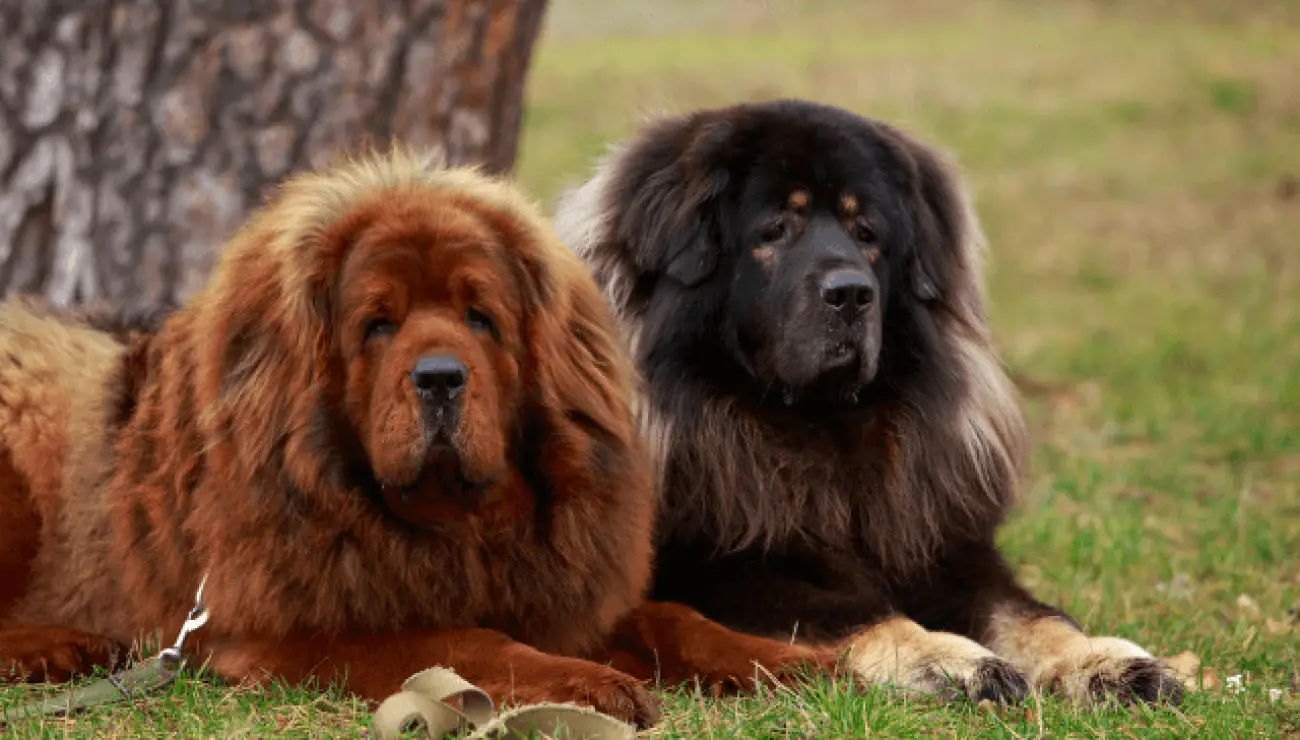
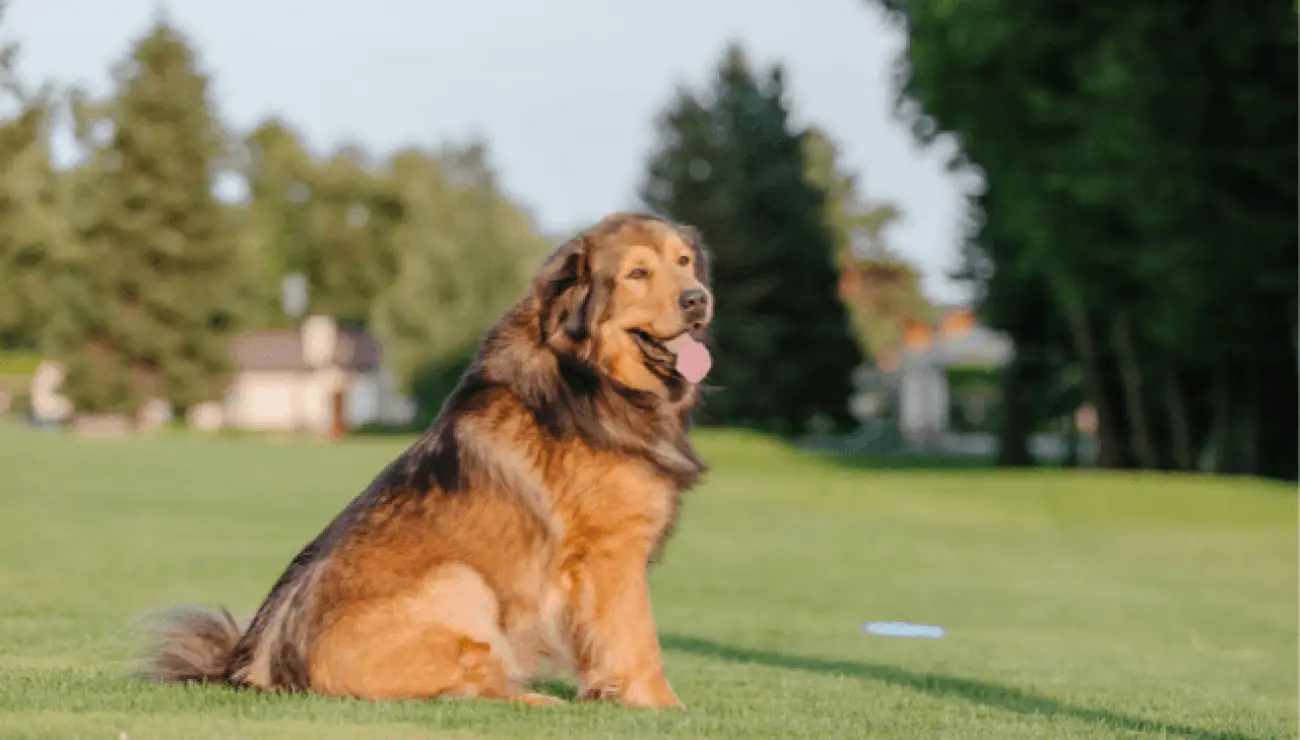
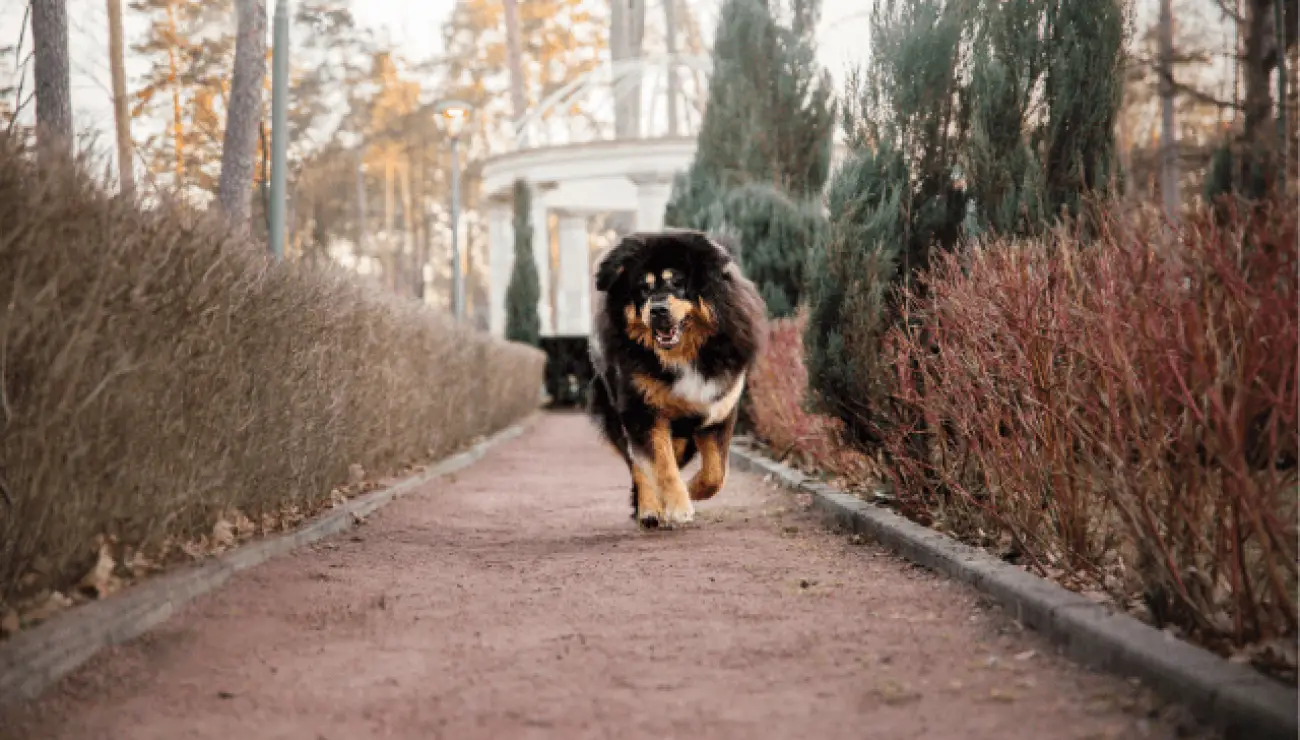
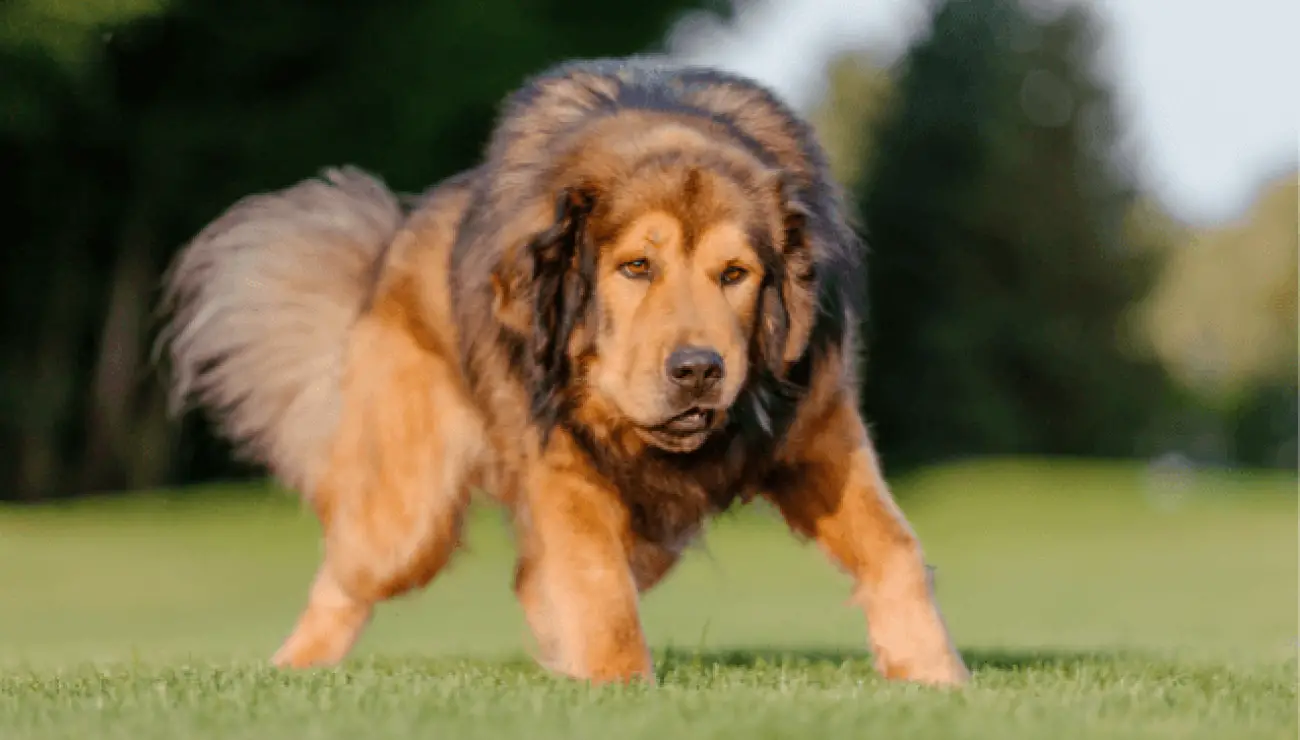


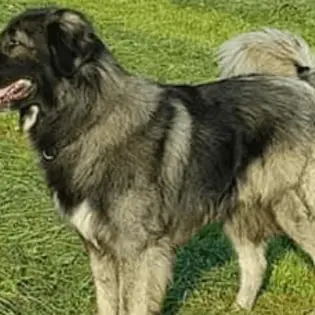
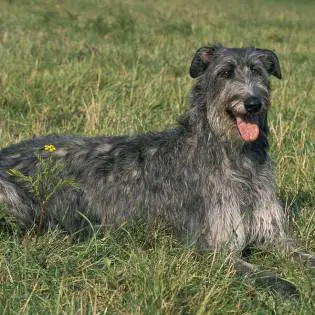
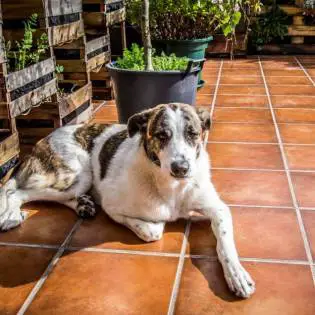
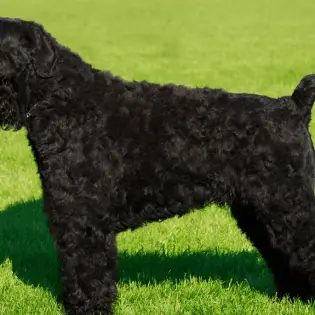
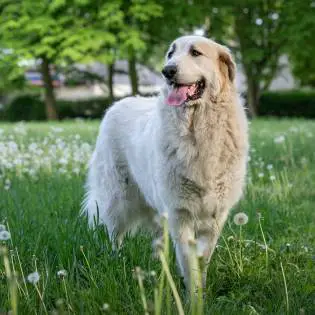
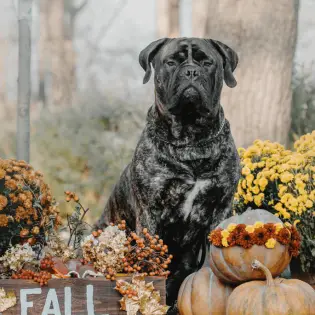
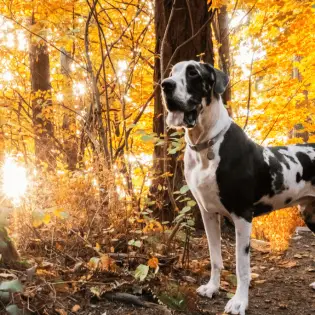
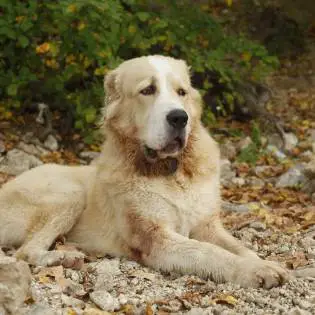

Share